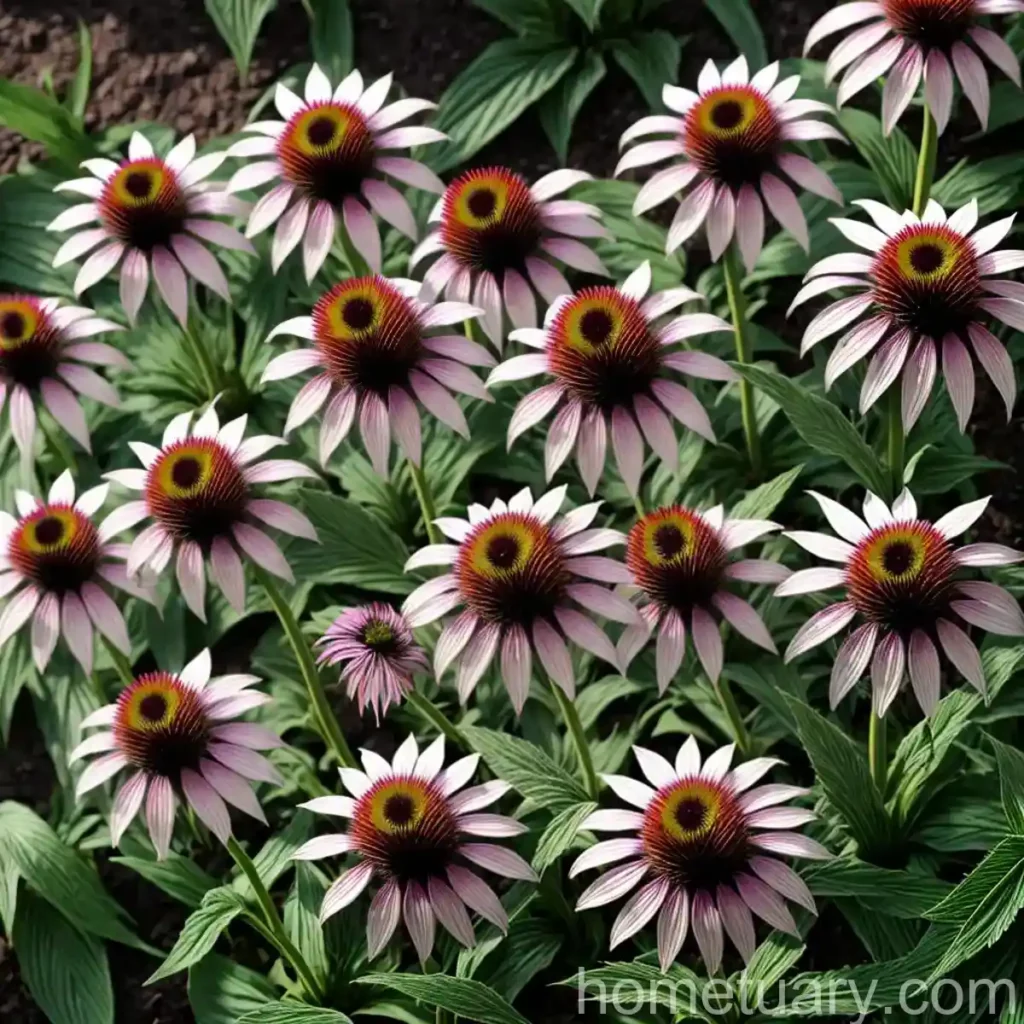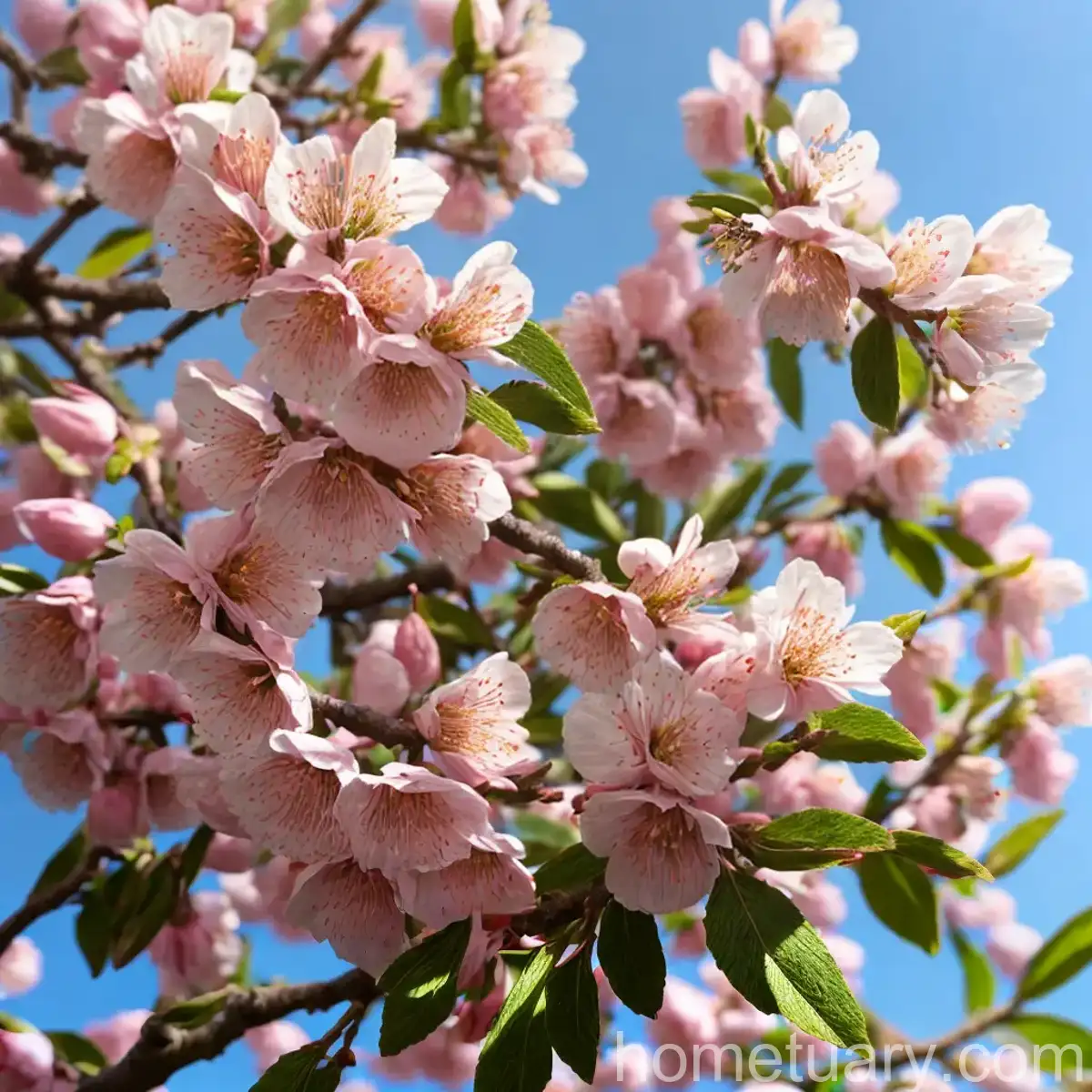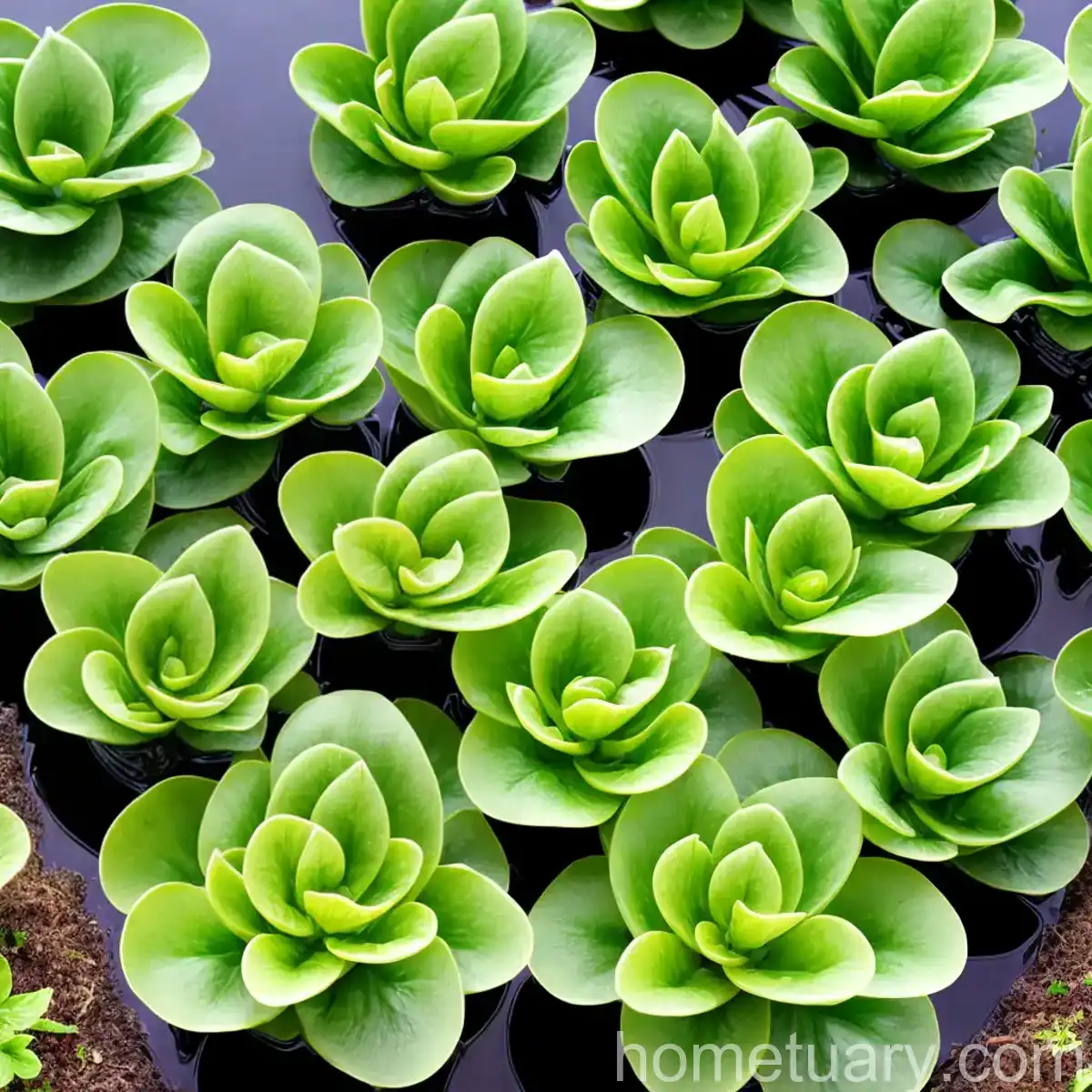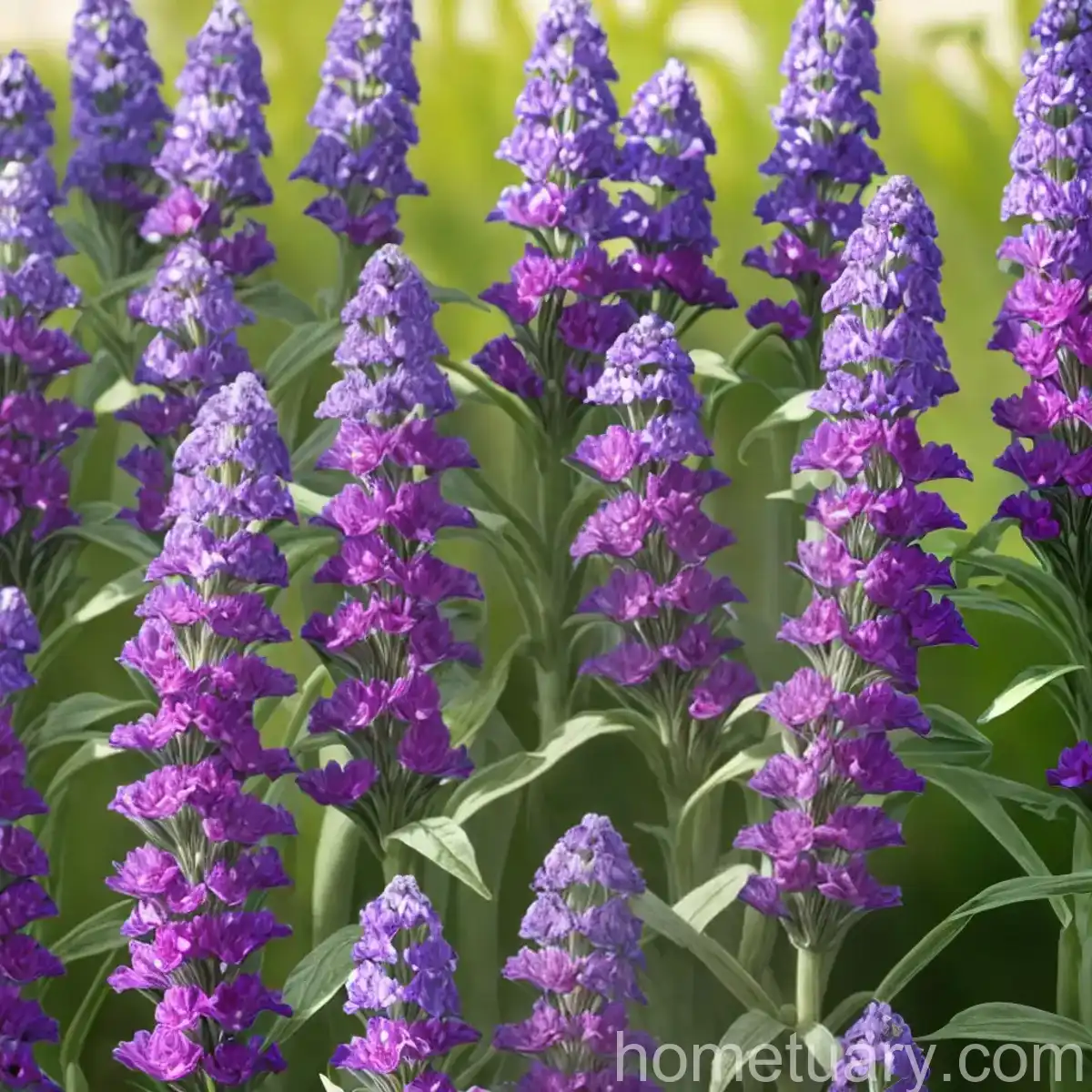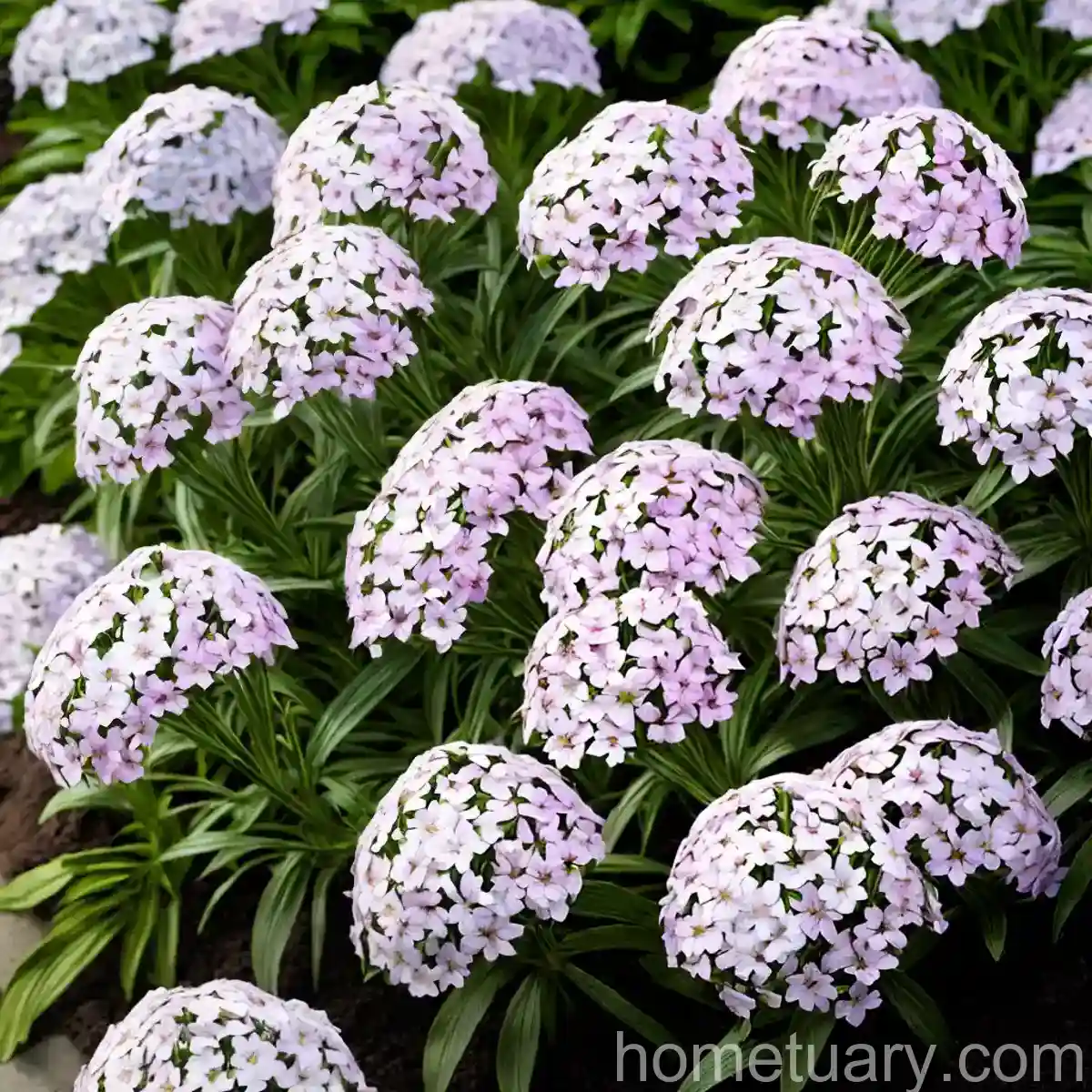Purple Coneflower (Echinacea purpurea ‘Happy Star’)
Introduction
In the world of plants, few are as beloved and renowned as the purple coneflower, scientifically known as Echinacea purpurea ‘Happy Star’. Its striking beauty, adaptability, and numerous benefits have made it a favorite among gardeners, herbalists, and wildlife enthusiasts. In this comprehensive guide, we will explore the characteristics, cultivation, and ecological importance of the purple coneflower. Join me as we delve into the fascinating world of this iconic plant.
What is the Purple Coneflower (Echinacea purpurea ‘Happy Star’)?
The purple coneflower, also known as Echinacea purpurea ‘Happy Star’, is a herbaceous perennial plant belonging to the Asteraceae family. This species is native to eastern and central North America and is widely recognized for its daisy-like flowers with prominent, spiky centers. The ‘Happy Star’ variety is a cultivar of Echinacea purpurea, distinguished by its unique features, including pale, creamy petals that gradually intensify to deep, vibrant shades of pink at the center.
Named for the Greek word echinos, meaning hedgehog, Echinacea reflects the spiky appearance of the flower’s central disc. The term “purple coneflower” refers to the distinctive cone-shaped seed head that emerges after the beautiful blooms have faded. Historically, several Native American tribes, including the Plains Indians, utilized various parts of the Echinacea plant for its potential medicinal properties.
Key Takeaways – Purple Coneflower (Echinacea purpurea ‘Happy Star’)
Before delving into the intricacies of cultivating and caring for the purple coneflower, let’s summarize its key features and benefits:
- Echinacea purpurea ‘Happy Star’ is a cultivar of the Echinacea purpurea species, renowned for its striking, daisy-like flowers with spiky, cone-shaped centers.
- The ‘Happy Star’ variety is characterized by its pale, creamy petals that transition into deep pink at the center, adding a unique aesthetic appeal to gardens and landscapes.
- This species of coneflower is celebrated for its use in traditional herbal medicine and has gained popularity for its potential health benefits.
- As an herbaceous perennial, Echinacea purpurea ‘Happy Star’ is known for its hardiness, adaptability, and ability to attract pollinators and wildlife to garden spaces.
Cultivation of Purple Coneflower (Echinacea purpurea ‘Happy Star’)
Cultivating the purple coneflower requires an understanding of its specific cultural preferences, including its water, sunlight, fertilizer, soil, and pruning requirements. Let’s explore these aspects in detail to ensure optimal growth and blooming.
Water
Purple coneflowers, including the ‘Happy Star’ variety, generally prefer moderate moisture levels. While they can tolerate periods of drought once established, consistent watering is essential, particularly during the plant’s early stages of growth and development. Adequate moisture is crucial for supporting robust flower production and overall plant health.
| Watering Tips |
|---|
| – Young Plants: Provide regular watering to establish a strong root system. Aim for moist, but not waterlogged, soil. |
| – Mature Plants: Monitor the soil moisture and water when the top inch of the soil feels dry. |
| – Avoid Overwatering: Ensure proper drainage to prevent waterlogging, which can lead to root rot and other issues. |
Sunlight
Echinacea purpurea ‘Happy Star’ thrives in full sunlight, making it an excellent choice for sunny garden spots. Adequate sunlight is essential for promoting robust blooming and vibrant flower colors. Planting in an area that receives at least 6-8 hours of direct sunlight per day is recommended for optimal performance.
| Sunlight Requirements |
|---|
| – Ideal Exposure: Choose a planting location with full sun exposure to support vigorous growth and abundant flowering. |
| – Shade Considerations: While the purple coneflower prefers full sun, it can tolerate partial shade, especially in regions with intense heat. |
Fertilizer
When it comes to fertilizing purple coneflowers, a balanced approach is key. These plants do not typically require heavy feeding and thrive in moderately fertile soil. Over-fertilization can lead to excessive foliage growth at the expense of flowering, so a cautious and sparing approach is favorable.
| Fertilizing Guidelines |
|---|
| – Spring Application: Apply a slow-release, balanced fertilizer in early spring to support healthy growth and flowering. |
| – Minimal Fertilization: Avoid excessive fertilization, particularly with high-nitrogen formulations, to prevent negative impacts on blooming. |
| – Organic Options: Consider organic fertilizers, such as compost or well-rotted manure, as natural alternatives to synthetic products. |
Soil
The purple coneflower, including the ‘Happy Star’ variety, thrives in well-drained, loamy soil with a slightly acidic to neutral pH (6.0-7.0). Additionally, these plants are remarkably adaptable and can tolerate a range of soil types, including sandy and clay soils. Adequate soil preparation is essential for providing an optimal growing environment for the purple coneflower.
| Soil Considerations |
|---|
| – Drainage: Ensure proper soil drainage to prevent waterlogging, which can lead to root rot and other issues. |
| – Soil Amendment: Incorporate organic matter, such as compost, into the soil to improve its structure, fertility, and water retention. |
| – pH Maintenance: Monitor soil pH and make necessary adjustments to maintain slightly acidic to neutral conditions. |
Pruning
Pruning can help maintain the vigor and aesthetics of the purple coneflower, particularly after the blooming period. While this species does not require extensive pruning, the removal of spent flowers and occasional thinning can promote additional blooming and prevent self-seeding in garden settings.
| Pruning Tips |
|---|
| – Deadheading: Remove spent flowers to encourage continuous blooming and prevent the formation of seeds. |
| – Thinning Practices: Consider thinning overcrowded growth to enhance air circulation and reduce the risk of disease. |
| – Late-Season Cleanup: After the growing season, trim back the foliage to ground level to prepare the plants for the winter months. |
Propagation of Purple Coneflower (Echinacea purpurea ‘Happy Star’)
Understanding the methods for propagating the purple coneflower is valuable for expanding its presence in garden spaces and landscapes. Echinacea purpurea ‘Happy Star’ can be propagated through several techniques, including division, seed sowing, and root cuttings. Each method offers unique advantages and considerations for successful propagation.
Division
Dividing mature clumps of purple coneflowers is a common and effective method of propagation. This process involves separating the plant’s root system into smaller sections, each with viable roots and growing points. Division is typically performed in early spring or fall when the plant is not actively flowering, allowing the divisions to establish themselves before the onset of challenging environmental conditions.
| Division Guidelines |
|---|
| – Selecting Healthy Plants: Choose robust and healthy plants for division to ensure the success of the propagated sections. |
| – Preparation: Dig up the entire plant and carefully divide the root mass into appropriate sections, ensuring that each division has sufficient roots and foliage. |
| – Replanting: Plant the divisions at the same depth as the original plant in well-prepared soil, and provide adequate watering and care to support establishment. |
Seed Sowing
Growing purple coneflowers from seeds is a rewarding and cost-effective approach to expanding their presence in garden landscapes. Echinacea purpurea ‘Happy Star’ produces seeds within its prominent cone-shaped centers, which can be harvested and sown to produce new plants. This method allows for the selection of specific traits and offers a sense of fulfillment in nurturing the plants from seedlings to mature specimens.
| Seed Sowing Process |
|---|
| – Seed Harvesting: Collect mature seeds from the faded flower heads of the purple coneflower. |
| – Sowing Timing: Sow the seeds in prepared soil in the fall for natural stratification, or in the early spring for indoor germination. |
| – Thinning Seedlings: Thin out crowded seedlings to provide ample space for growth and to prevent competition for resources. |
Root Cuttings
Root cuttings present an alternative method for propagating purple coneflowers, particularly for gardeners seeking to generate new plants from established specimens. This technique involves the careful extraction of root sections, which can then be encouraged to produce new shoots, subsequently giving rise to independent plants.
| Root Cutting Procedure |
|---|
| – Selection and Preparation: Choose healthy and vigorous roots for the cutting process and carefully cut them into manageable sections. |
| – Planting Root Cuttings: Insert the root sections into prepared soil, ensuring that the growing points are facing upward and are positioned at an appropriate depth. |
| – Care and Monitoring: Provide consistent moisture and care to support the development of new shoots from the root cuttings. |
Container Popularity of Purple Coneflower (Echinacea purpurea ‘Happy Star’)
The versatility and adaptability of the purple coneflower make it well-suited for container cultivation, offering opportunities for gardeners with limited space or those seeking to create vibrant floral displays on terraces, patios, and balconies. When growing Echinacea purpurea ‘Happy Star’ in containers, particular considerations related to soil, watering, and maintenance are essential.
Container Selection
Choosing the right container is a crucial first step in successfully growing purple coneflowers in a containerized environment. Select a container that provides ample space for root development while offering proper drainage and stability. Terracotta or resin pots with drainage holes are ideal choices for supporting the health and growth of these perennial plants.
| Container Guidelines |
|---|
| – Size Considerations: Opt for a container with a diameter of at least 12-18 inches to accommodate the plant’s root system and promote stability. |
| – Drainage Requirements: Select containers with drainage holes to prevent waterlogging and ensure proper aeration of the soil. |
| – Material Preferences: Terracotta and resin containers are favorable for their durability, breathability, and aesthetically pleasing appearance. |
Soil and Watering
The selection of suitable soil and proper watering practices are vital components of successful container cultivation. A well-draining potting mix and attentive watering are essential for maintaining optimal soil moisture and promoting healthy growth.
| Soil and Watering Considerations |
|---|
| – Potting Mix: Use a high-quality, well-draining potting mix to provide a favorable growing medium for the purple coneflower. |
| – Moisture Management: Monitor soil moisture levels and water the plant when the top inch of the soil feels dry. Avoid overwatering, which can lead to root rot and other issues. |
Maintenance and Fertilization
Regular maintenance and occasional fertilization are essential for sustaining the health and vigor of purple coneflowers growing in containers. Pruning, deadheading, and light feeding can promote continuous blooming and overall plant well-being.
| Maintenance and Fertilization |
|---|
| – Pruning: Engage in occasional pruning to maintain the plant’s shape and remove spent flowers. |
| – Fertilization: Apply a balanced, slow-release fertilizer in early spring to provide essential nutrients for healthy growth and flowering. |
Common Diseases of Purple Coneflower (Echinacea purpurea ‘Happy Star’)
While renowned for their hardiness and resilience, purple coneflowers, including the ‘Happy Star’ variety, can be susceptible to certain diseases under unfavorable growing conditions. Understanding the common diseases and their management is crucial for maintaining the health and vitality of these beloved plants.
Disease Diagnosis
Recognizing the symptoms and signs of common diseases affecting purple coneflowers is essential for implementing timely and effective intervention strategies. Several diseases, including fungal infections and viral issues, can impact the overall health and appearance of the plants.
| Disease Diagnosis |
|---|
| – Fungal Infections: Keep an eye out for symptoms of powdery mildew, leaf spot, and other fungal diseases, including discolored foliage, powdery growth, and leaf lesions. |
| – Viral Issues: Monitor for stunted growth, yellowing foliage, and general decline, which can indicate the presence of viral diseases such as aster yellows. |
Disease Management
Creating favorable growing conditions and implementing preventive measures are key elements of disease management for purple coneflowers. Additionally, prompt intervention and proper care practices can help mitigate the impact of diseases and enhance the plants’ ability to recover.
| Disease Management Practices |
|---|
| – Cultural Care: Provide the plants with optimal growing conditions, including proper sunlight, moisture, and air circulation, to minimize disease susceptibility. |
| – Sanitation Measures: Remove and dispose of affected plant parts, such as diseased foliage and flowers, to prevent the spread of diseases. |
| – Fungal Control: Consider the use of fungicidal treatments as a preventive measure against common fungal infections. |
Common Pests Affecting Purple Coneflower (Echinacea purpurea ‘Happy Star’)
While purple coneflowers are relatively resistant to pest infestations, they can occasionally encounter issues with certain insects that may impact their growth and flowering. Understanding the common pests and their control measures is valuable for protecting the health and beauty of these iconic plants.
Pest Identification
Identifying the signs and symptoms of common pests affecting purple coneflowers is crucial for implementing targeted and effective pest control strategies. Several pests, including aphids, caterpillars, and Japanese beetles, may pose challenges to the plants.
| Pest Identification |
|---|
| – Aphids: Watch for clusters of small, soft-bodied insects on the plant’s stems and foliage, often accompanied by the presence of sticky honeydew. |
| – Caterpillars: Look for signs of chewed foliage and the presence of caterpillars, particularly during the active growing seasons. |
| – Japanese Beetles: Monitor for skeletonized foliage and the presence of metallic green and bronze beetles feeding on the plants. |
Pest Control Measures
Implementing integrated pest management (IPM) techniques and employing natural control methods can effectively mitigate pest issues without harming beneficial organisms or the environment. By combining cultural, biological, and selective chemical control measures, gardeners can protect their purple coneflowers from pest damage.
| Pest Control Practices |
|---|
| – Cultural Control: Encourage natural predator populations and install physical barriers to deter pest access to the plants. |
| – Biological Controls: Introduce predator insects, such as ladybugs and lacewings, as natural enemies of aphids and other pests. |
| – Selective Treatment: Consider the use of targeted insecticidal treatments, such as neem oil, to address specific pest issues while minimizing non-target impacts. |
Botanist’s Tips for Purple Coneflower (Echinacea purpurea ‘Happy Star’)
As a botanist with a passion for plants and ecological balance, I offer the following tips for cultivating, caring for, and appreciating purple coneflowers, particularly the ‘Happy Star’ variety:
- Promote Pollinator Diversity: Create garden spaces that cater to a diverse array of pollinators, including bees, butterflies, and hummingbirds, by planting a variety of native flowering plants, including Echinacea purpurea ‘Happy Star’.
- Embrace Naturalistic Landscaping: Incorporate purple coneflowers into naturalistic and wildlife-friendly landscape designs to provide essential resources for local fauna and contribute to the ecological diversity of the area.
- Explore Herbal Uses: Delve into the traditional and contemporary uses of Echinacea purpurea for potential health and wellness benefits, while exercising caution and consulting with healthcare professionals as needed.
- Share the Beauty: Spread the joy of purple coneflowers by sharing divisions, seeds, or knowledge about these captivating plants with fellow gardening enthusiasts and community members.
- Observe and Appreciate: Take the time to observe the intricate details of Echinacea purpurea ‘Happy Star’, from the delicate texture of its petals to the bustling activity of pollinators, and develop a deeper appreciation for its presence in the natural world.
Fun Facts about Purple Coneflower (Echinacea purpurea ‘Happy Star’)
Enrich your understanding of the purple coneflower and entertain your curiosity with these intriguing and delightful fun facts:
- The name “Echinacea” is derived from the Greek word “echinos,” meaning hedgehog, in reference to the spiky appearance of the flower’s central cone.
- Purple coneflowers are renowned for their potential therapeutic properties and have been traditionally used by various Native American tribes for their purported medicinal benefits.
- Echinacea purpurea ‘Happy Star’ is a valuable addition to butterfly gardens and is known for its ability to attract and sustain diverse butterfly populations.
- The striking flowers of the purple coneflower can serve as a source of nectar and pollen for bees, enriching the garden’s role as a vital pollinator habitat.
- ‘Happy Star’ is celebrated for its extended flowering period, offering colorful blooms from mid-summer to early fall and providing a vibrant spectacle in the garden landscape.
Links to External Resources
Expand your knowledge and explore additional insights into the cultivation, uses, and ecological significance of purple coneflowers with the following external resources:
- Echinacea purpurea: A Propagation Guide – North Carolina State Extension
- Growing Perennials in Containers – University of Vermont Extension
- Disease and Insect Management of Echinacea – University of Massachusetts Extension
- Attracting Butterflies with Native Plants – Xerces Society
Through this comprehensive exploration of the captivating world of the purple coneflower, I hope to have illuminated the unique charm, practical considerations, and ecological significance of Echinacea purpurea ‘Happy Star’. By honing our understanding of this remarkable plant, we can foster its appreciation and contribute to its enduring presence in our landscapes and natural habitats.

